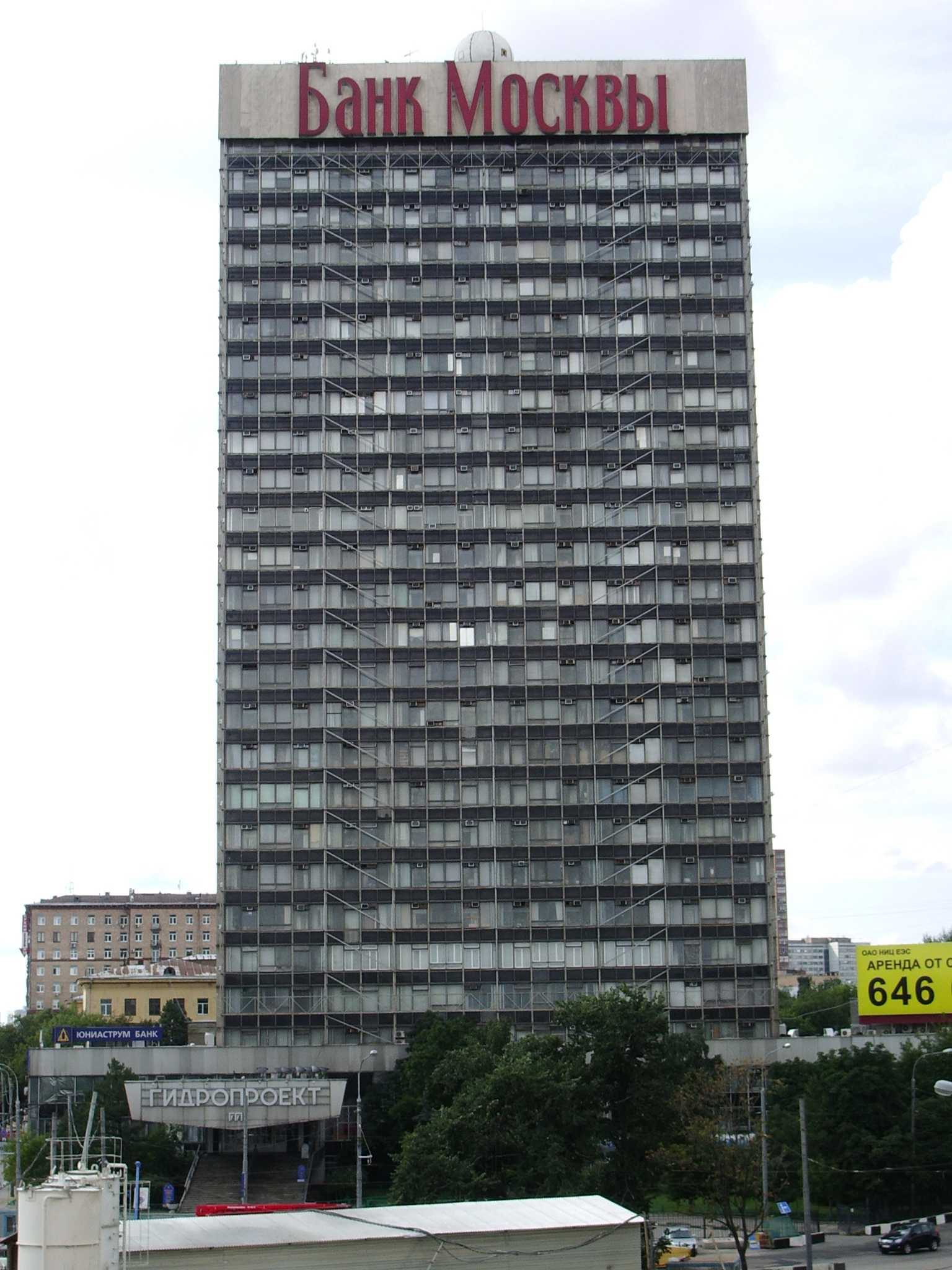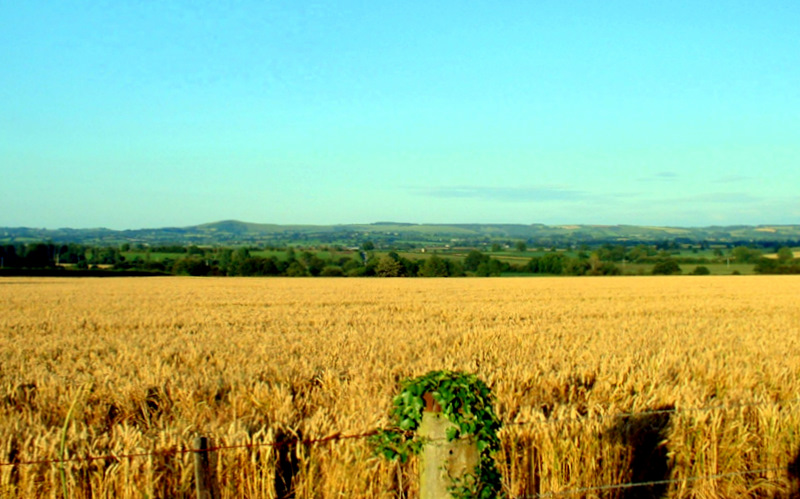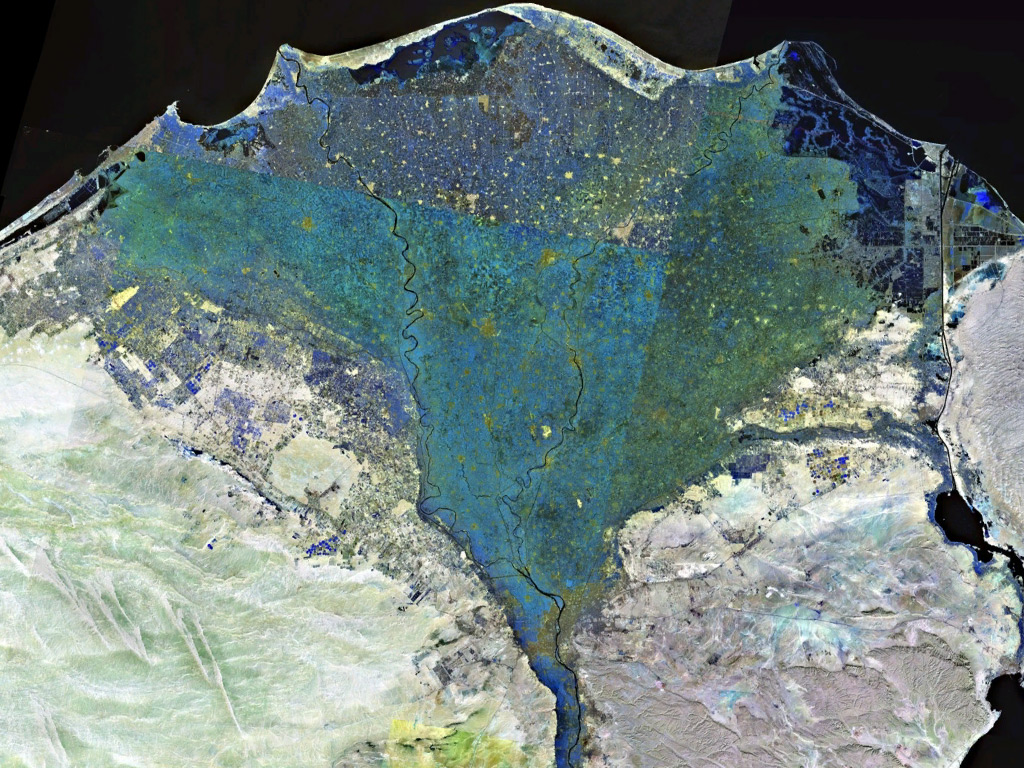|
Aswan Dam
The Aswan Dam, or Aswan High Dam, is one of the world's largest embankment dams, which was built across the Nile in Aswan, Egypt, between 1960 and 1970. When it was completed, it was the tallest earthen dam in the world, surpassing the Chatuge Dam in the United States. The dam, which created the Lake Nasser reservoir, was built upstream of the Aswan Low Dam, which had been completed in 1902 and was already at its maximum utilization. Construction of the High Dam became a key objective of the military regime that took power following the 1952 Egyptian revolution. With its ability to better control flooding, provide increased water storage for irrigation and generate hydroelectricity, the dam was seen as pivotal to Egypt's planned industrialization. Like the earlier implementation, the High Dam has had a significant effect on the Economy of Egypt, economy and culture of Egypt. Before the High Dam was built, even with the old dam in place, the annual flooding of the Nile during la ... [...More Info...] [...Related Items...] OR: [Wikipedia] [Google] [Baidu] |
Aswan
Aswan (, also ; ) is a city in Southern Egypt, and is the capital of the Aswan Governorate. Aswan is a busy market and tourist centre located just north of the Aswan Dam on the east bank of the Nile at the first cataract. The modern city has expanded and includes the formerly separate community on the island of Elephantine. Aswan includes five monuments within the UNESCO World Heritage Site of the Nubian Monuments from Abu Simbel to Philae; these are the Old and Middle Kingdom tombs of Qubbet el-Hawa, the town of Elephantine, the stone quarries and Unfinished Obelisk, the Monastery of St. Simeon and the Fatimid Cemetery. The city's Nubian Museum is an important archaeological center, containing finds from the International Campaign to Save the Monuments of Nubia before the Aswan Dam flooded all of Lower Nubia. The city is part of the UNESCO Creative Cities Network in the category of craft and folk art. Aswan joined the UNESCO Global Network of Learning Cities in 20 ... [...More Info...] [...Related Items...] OR: [Wikipedia] [Google] [Baidu] |
Nutrient
A nutrient is a substance used by an organism to survive, grow and reproduce. The requirement for dietary nutrient intake applies to animals, plants, fungi and protists. Nutrients can be incorporated into cells for metabolic purposes or excreted by cells to create non-cellular structures such as hair, scales, feathers, or exoskeletons. Some nutrients can be metabolically converted into smaller molecules in the process of releasing energy such as for carbohydrates, lipids, proteins and fermentation products ( ethanol or vinegar) leading to end-products of water and carbon dioxide. All organisms require water. Essential nutrients for animals are the energy sources, some of the amino acids that are combined to create proteins, a subset of fatty acids, vitamins and certain minerals. Plants require more diverse minerals absorbed through roots, plus carbon dioxide and oxygen absorbed through leaves. Fungi live on dead or living organic matter and meet nutrient needs from th ... [...More Info...] [...Related Items...] OR: [Wikipedia] [Google] [Baidu] |
Hydroproject Institute
Hydroproject (, Gidroproekt) is a Russian hydrotechnical design firm. Based in Moscow, it has a number of branches around the country. Its main activities are design of dams, hydroelectric stations, canals, sluices, etc. Hydroproject and its predecessor institutions have designed most of the hydroelectric dams and irrigation and navigation canals that have been built in the Soviet Union and Russia since the 1930s. They have designed a number of high-profile projects abroad as well, from India to Egypt to Canada. The institute, under Sergey Zhuk's leadership, also researched the Northern river reversal's potential. It has also been involved in realizing nuclear power plants in the Soviet Union between 1969 and 1986. One of Hydroproject's most famous projects was that of the 3rd and 4th units at the Chernobyl Nuclear Power Plant. They were tasked to design these RBMK reactors, due to the amount of water being used in each of these reactors. They also designed other nuclear reac ... [...More Info...] [...Related Items...] OR: [Wikipedia] [Google] [Baidu] |
Reservoir
A reservoir (; ) is an enlarged lake behind a dam, usually built to water storage, store fresh water, often doubling for hydroelectric power generation. Reservoirs are created by controlling a watercourse that drains an existing body of water, interrupting a watercourse to form an Bay, embayment within it, excavating, or building any number of retaining walls or levees to enclose any area to store water. Types Dammed valleys Dammed reservoirs are artificial lakes created and controlled by a dam constructed across a valley and rely on the natural topography to provide most of the basin of the reservoir. These reservoirs can either be ''on-stream reservoirs'', which are located on the original streambed of the downstream river and are filled by stream, creeks, rivers or rainwater that surface runoff, runs off the surrounding forested catchments, or ''off-stream reservoirs'', which receive water diversion, diverted water from a nearby stream or aqueduct (water supply), aq ... [...More Info...] [...Related Items...] OR: [Wikipedia] [Google] [Baidu] |
Cotton
Cotton (), first recorded in ancient India, is a soft, fluffy staple fiber that grows in a boll, or protective case, around the seeds of the cotton plants of the genus '' Gossypium'' in the mallow family Malvaceae. The fiber is almost pure cellulose, and can contain minor percentages of waxes, fats, pectins, and water. Under natural conditions, the cotton bolls will increase the dispersal of the seeds. The plant is a shrub native to tropical and subtropical regions around the world, including the Americas, Africa, Egypt and India. The greatest diversity of wild cotton species is found in Mexico, followed by Australia and Africa. Cotton was independently domesticated in the Old and New Worlds. The fiber is most often spun into yarn or thread and used to make a soft, breathable, and durable textile. The use of cotton for fabric is known to date to prehistoric times; fragments of cotton fabric dated to the fifth millennium BC have been found in the Indus Valley civilizat ... [...More Info...] [...Related Items...] OR: [Wikipedia] [Google] [Baidu] |
Arable Land
Arable land (from the , "able to be ploughed") is any land capable of being ploughed and used to grow crops.''Oxford English Dictionary'', "arable, ''adj''. and ''n.''" Oxford University Press (Oxford), 2013. Alternatively, for the purposes of agricultural statistics, the term often has a more precise definition: A more concise definition appearing in the Eurostat glossary similarly refers to actual rather than potential uses: "land worked (ploughed or tilled) regularly, generally under a system of crop rotation". In Britain, arable land has traditionally been contrasted with pasturable land such as heaths, which could be used for sheep-rearing but not as farmland. Arable land is vulnerable to land degradation and some types of un-arable land can be enriched to create useful land. Climate change and biodiversity loss are driving pressure on arable land. By country According to the Food and Agriculture Organization of the United Nations, in 2013, the world's arable land amo ... [...More Info...] [...Related Items...] OR: [Wikipedia] [Google] [Baidu] |
Demographics Of Egypt
Egypt is the most populous country in the Middle East, and the third-most populous on the African continent, after Nigeria, Ethiopia. About 95% of the country's 104 million people (July 2023) live along the banks of the Nile and in the Nile Delta, which fans out north of Cairo; and along the Suez Canal. These regions are among the world's most densely populated, containing an average of over 1,540 people per km2, as compared to 96 persons per km2 for the country as a whole. Small communities spread throughout the desert regions of Egypt are clustered around historic trade and transportation routes. The government has tried with mixed success to encourage migration to newly irrigated land reclaimed from the desert. However, the proportion of the population living in rural areas has continued to decrease as people move to the megacities in search of employment and a higher standard of living. According to the Peterson Institute for International Economics and other proponents ... [...More Info...] [...Related Items...] OR: [Wikipedia] [Google] [Baidu] |
Famine
A famine is a widespread scarcity of food caused by several possible factors, including, but not limited to war, natural disasters, crop failure, widespread poverty, an Financial crisis, economic catastrophe or government policies. This phenomenon is usually accompanied or followed by regional malnutrition, starvation, epidemic, and increased death, mortality. Every inhabited continent in the world has experienced a period of famine throughout history. During the 19th and 20th centuries, Southeast Asia, Southeast and South Asia, as well as Eastern Europe, Eastern and Central Europe, suffered the greatest number of fatalities due to famine. Deaths caused by famine declined sharply beginning in the 1970s, with numbers falling further since 2000. Since 2010, Africa has been the most affected continent in the world by famine. As of 2025, Haiti and Afghanistan are the two states with the most catastrophic and widespread states of famine, followed by Palestine (confined to Gaza Strip ... [...More Info...] [...Related Items...] OR: [Wikipedia] [Google] [Baidu] |
Drought
A drought is a period of drier-than-normal conditions.Douville, H., K. Raghavan, J. Renwick, R.P. Allan, P.A. Arias, M. Barlow, R. Cerezo-Mota, A. Cherchi, T.Y. Gan, J. Gergis, D. Jiang, A. Khan, W. Pokam Mba, D. Rosenfeld, J. Tierney, and O. Zolina, 2021Water Cycle Changes. In Climate Change 2021: The Physical Science Basis. Contribution of Working Group I to the Sixth Assessment Report of the Intergovernmental Panel on Climate Change [Masson-Delmotte, V., P. Zhai, A. Pirani, S.L. Connors, C. Péan, S. Berger, N. Caud, Y. Chen, L. Goldfarb, M.I. Gomis, M. Huang, K. Leitzell, E. Lonnoy, J.B.R. Matthews, T.K. Maycock, T. Waterfield, O. Yelekçi, R. Yu, and B. Zhou (eds.)]. Cambridge University Press, Cambridge, United Kingdom and New York, NY, USA, pp. 1055–1210, doi:10.1017/9781009157896.010. A drought can last for days, months or years. Drought often has large impacts on the ecosystems and agriculture of affected regions, and causes harm to the local economy. Annua ... [...More Info...] [...Related Items...] OR: [Wikipedia] [Google] [Baidu] |
Crop
A crop is a plant that can be grown and harvested extensively for profit or subsistence. In other words, a crop is a plant or plant product that is grown for a specific purpose such as food, Fiber, fibre, or fuel. When plants of the same species are cultivated in rows or other systematic arrangements, it is called crop field or crop cultivation. Most crops are harvested as food for humans or fodder for livestock. Important non-food crops include horticulture, floriculture, and industrial crops. Horticulture crops include plants used for other crops (e.g. fruit trees). Floriculture crops include bedding plants, houseplants, flowering garden and pot plants, cut cultivated greens, and cut flowers. Industrial crops are produced for clothing (fiber crops e.g. cotton), biofuel (energy crops, algae fuel), or medicine (medicinal plants). Production There was an increase in global production of primary crops by 56% between 2000 and 2022 to 9.6 billion tonnes, which represents a 0 ... [...More Info...] [...Related Items...] OR: [Wikipedia] [Google] [Baidu] |
Ancient Egypt
Ancient Egypt () was a cradle of civilization concentrated along the lower reaches of the Nile River in Northeast Africa. It emerged from prehistoric Egypt around 3150BC (according to conventional Egyptian chronology), when Upper and Lower Egypt were amalgamated by Menes, who is believed by the majority of List of Egyptologists, Egyptologists to have been the same person as Narmer. The history of ancient Egypt unfolded as a series of stable kingdoms interspersed by the "Periodization of ancient Egypt, Intermediate Periods" of relative instability. These stable kingdoms existed in one of three periods: the Old Kingdom of Egypt, Old Kingdom of the Early Bronze Age; the Middle Kingdom of Egypt, Middle Kingdom of the Middle Bronze Age; or the New Kingdom of Egypt, New Kingdom of the Late Bronze Age. The pinnacle of ancient Egyptian power was achieved during the New Kingdom, which extended its rule to much of Nubia and a considerable portion of the Levant. After this period, Egypt ... [...More Info...] [...Related Items...] OR: [Wikipedia] [Google] [Baidu] |
Nile Delta
The Nile Delta (, or simply , ) is the River delta, delta formed in Lower Egypt where the Nile River spreads out and drains into the Mediterranean Sea. It is one of the world's larger deltas—from Alexandria in the west to Port Said in the east; it covers of the Mediterranean coastline and is a rich agricultural region. From north to south the delta is approximately in length. The Delta begins slightly down-river from Cairo. Geography From north to south, the delta is approximately in length. From west to east, it covers some of coastline. The delta is sometimes divided into sections, with the Nile dividing into two main distributary, distributaries, the Damietta and the Rosetta, flowing into the Mediterranean at port cities with the same names. In the past, the delta had several distributaries, but these have been lost due to flood management, flood control, silting and changing relief. One such defunct distributary is Wadi Tumilat. The Suez Canal is east of the delta ... [...More Info...] [...Related Items...] OR: [Wikipedia] [Google] [Baidu] |








